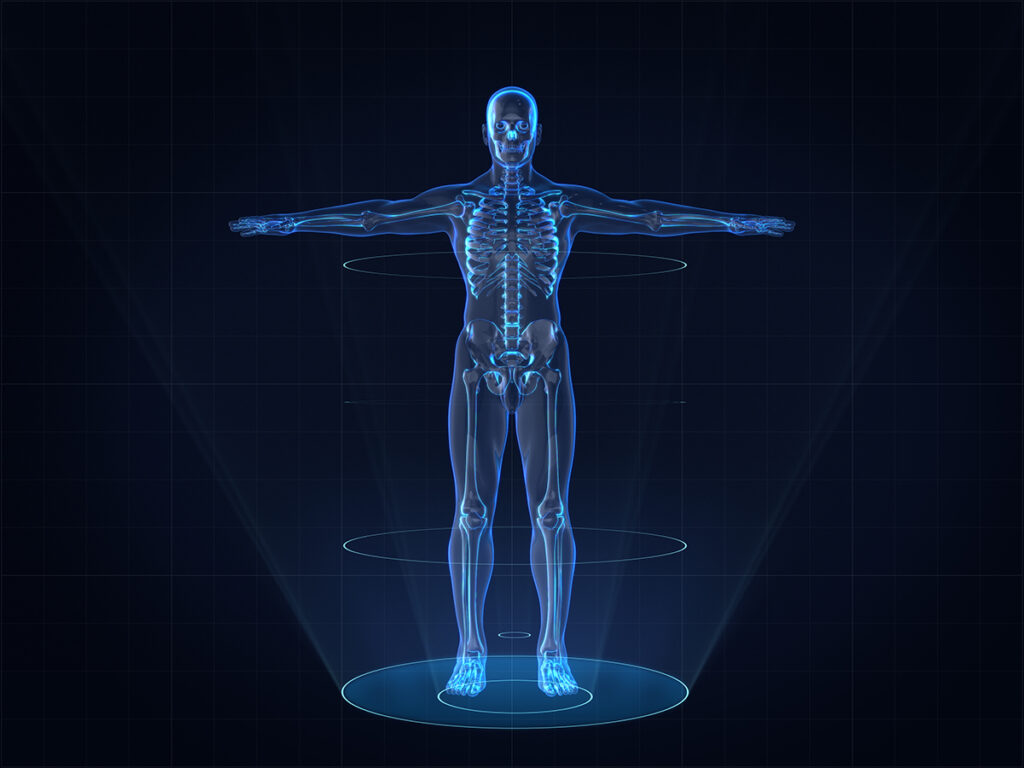- Stardust: All humans are composed primarily (93%) of stardust, which is the same substance that almost all other elements on Earth are made of
- The pixels of the eye: If the human eye was a digital camera, it would be 576 megapixels
- Senses: The human eye can distinguish between 10 million colors and your nose can recognize up to 50,000 scents
- Nose and ears: Your nose and ears never stop growing
- The energy of the brain: When awake, the human brain produces enough energy to light a small light bulb
- Iron: The human body contains enough iron to make a 7.5 cm long nail
- Skin: Humans shed around 600,000 skin particles per hour
- Smart: Your body produces about 1 liter of mucus per day and over a lifetime a human produces about 25,000 liters of saliva
- Atoms: An adult human consists of around 7,000,000,000,000,000,000,000,000,000,000,000,000,000,000 (7 octillion) atoms
- Death: Within 3 days of death, some of your enzymes (the ones that used to digest your food) start consuming you
Facts about the heart and blood circulation
- Energy: The heart produces enough energy daily to drive a truck 20 miles. In a lifetime, that’s the distance equivalent of driving to the moon and back!
- Blood vessels: There are around 100,000 kilometers of veins and blood vessels in an adult human body. That’s enough to reach 2.5 times around the Earth
- Heartbeat: The heart beats 100,000 times a day, 35 million times a year and 2.5 billion times in a lifetime
- The heart’s impulse: The heart has its own electrical impulse and continues to beat even when detached from the body (as long as it has a sufficient oxygen supply)
- Musical heartbeat: Music affects our heart rate; depending on the music we listen to, our heart rate changes – and to some extent mimics the rhythm of the music
- Pulse: Children have a higher heart rate (90 – 120 beats per minute) than adults (60 – 72 beats per minute). Some elite athletes have a lower heart rate than the rest of the population
- The size of the heart: A child’s heart is the size of a clenched child’s hand, while an adult heart is the size of two clenched adult hands
- Blood: An adult has an average of 5.63 liters of blood, which consists of 78% of water
- Blood circulation: The body’s blood circulates through the entire bloodstream in 20 seconds

Fact: In a lifetime, the heart generates enough energy to drive a truck to the moon and back
Human microorganisms
- Gut bacteria: An adult human has 2 – 3 kg of bacteria in the intestinal tract and the vast majority of all human bacteria live in the intestinal tract. We have more gut bacteria (hundreds of trillions) than cells (about 75 trillion) and there are 500 – 1,000 species of bacteria in our gut. In addition to bacteria, there are also fungal spores and viruses in the intestines
- Oral bacteria: It is estimated that there are around 20 billion bacteria in the human oral cavity, divided into 500 – 650 species
- Hair mites: In some people’s eyelashes live tiny mites called “hair follicle mites”. They are 0.3 – 0.4 mm long and semi-transparent
- Microorganisms: It is estimated that microorganisms collectively make up 1 – 3% of human body mass
The muscles of the body
- Number of muscles: There are 320 named muscle pairs in the body and the total number is estimated to be between 640 and 850. The exact number depends on what you define as individual muscles and muscle groups
- Muscle activation: When you take 1 step, you use up to 200 muscles
- Strongest muscle: The body’s strongest muscle is the jaw muscle, which we use to chew, among other things
- Longest muscleThe longest muscle is the sartorius, which is found on the front of the thigh and runs from the hip obliquely down the thigh to the inside of the knee
- Largest muscle: The largest muscle is the gluteus maximus, which is part of the gluteal muscles
More facts about the human body
- Sweat odor: Sweat is odorless. The odor of sweat occurs when the bacteria on our skin mixes with our sweat
- Unique people: Every person is unique in several ways, including unique fingerprints, toe prints, tongue prints and nostrils
- Sense of touch: Our fingers have such a well-developed sense of touch that we could tell the difference between a house and a car if our fingers were the size of the Earth
- Oxygen: The brain and central nervous system use 15 – 20% of the body’s oxygen, the kidneys use 22% and the heart uses 5%
- Eyeball: One eye (eyeball) weighs around 28 grams
- DNA: If you could unroll all your DNA strands, they would stretch more than 16 billion kilometers – roughly equivalent to the distance from Earth to Pluto and back
- Stethoscope: French physician Rene Laennec (1781-1826) invented the stethoscope because he found it inappropriate to put his ear to the chest of his busty female patients
- Dust: Most of the dust you find under your bed comes from your own dead skin cells
- The digestive tract: The digestive tract is 9 meters long and runs from the mouth to the rectum
- Esophagus: It takes food 7 seconds to pass from the mouth to the stomach (via the esophagus)
- Bones: A human baby has over 60 more bones than an adult. Almost half of human bones are in the hands and feet
- Bone strength: Despite being made of 31% water, bones are incredibly strong. Measured by weight to strength ratio, they are stronger than steel. A small 16 cm3 bone can support a whopping 8,626 kg – or more – which is equivalent to the weight of 5 large cars





